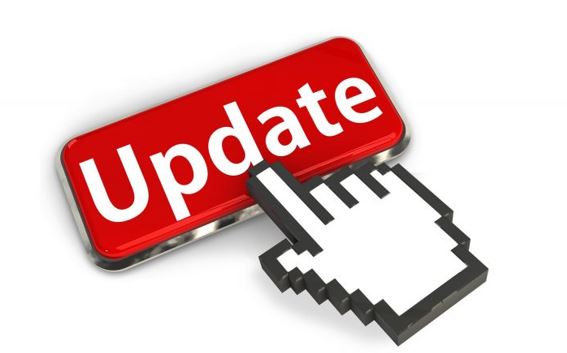Hardship withdrawals are an optional provision that may or may not be drafted in 401(k) or 403(b) plan documents. If they are offered in the plan, then the Plan Administrator, or Employer, is responsible for making sure that the hardship guidelines rules are followed, just as with any other fiduciary responsibility. New guidelines from IRS clarify the documentation requirements that all Plan Administrators need to know about.
IN GENERAL, a hardship is defined as an immediate and heavy financial need that cannot be met by any other resources. The safe harbor guidelines under the IRS regulations call for hardship withdrawals to come from elective deferral sources only – not employer match or profit sharing. In-service withdrawals are prohibited from Qualified Non-Elective Contributions and Prevailing Wage fringe benefits until after the participant has attained age 59 ½. Hardship withdrawals are subject to income tax, and may be subject to early withdrawal taxes as well.
DEFINITION OF HARDSHIP
A hardship distribution may be requested to help with payment for one of the following events:
- Expenses for medical care (under §213(d) of the Internal Revenue Code) that are incurred by you, your spouse, your dependent, or your plan’s primary beneficiary;
- Costs directly related to the purchase of your principal residence;
- Tuition, related educational fees, room and board expenses for the next twelve months of post-secondary education for yourself, your spouse, your dependent, or your plan’s primary beneficiary;
- Amounts necessary to prevent eviction from your principal residence or foreclosure on the mortgage of your principal residence;
- Funeral expenses for the participant’s deceased parent, spouse, child or dependent;
- Expenses for the repair of damage to the participant’s principal residence that would qualify for the casualty deduction for income tax purposes.
AMOUNT AVAILABLE FOR HARDSHIP WITHDRAWAL
The amount distributed under the hardship rules require the following also apply:
- The distribution is not in excess of the amount of your immediate financial need
- You have obtained all distributions and participant loans currently available under your Employer’s plan
- The amount requested can include amounts necessary to pay federal, state or local income taxes or penalties.
- Your salary deferrals will be suspended for at least six months following receipt of your hardship
DOCUMENTATION REQUIRED
The Plan Administrator (Employer) must determine, based on all relevant facts and circumstances, whether the participant qualifies for the hardship withdrawal taking into consideration the participant’s other resources. For example, the Administrator may request certification or documentation from the Participant to verify that alternative funding through one of the following options is not available to the participant:
- Reimbursement or compensation by insurance or similar vehicle
- Selling or liquidating other assets that the participant may own in a reasonable manner
- Discontinuing salary deferrals to the plan
- Borrowing from a bank or commercial lender on terms that are considered commercially reasonable and that would not increase the need
- Taking a distribution or loan from any other qualified plan
SELF-CERTIFICATION IS NOT ADEQUATE
It was argued before the IRS recently that the participant’s self-certification that he qualified for a hardship was sufficient documentation. That argument fell flat, and in their Employee Plans News (issue 2015-4) the IRS provided guidance for Plan Administrators on the need to maintain documentation for hardship withdrawals. Documentation may be kept in electronic or paper format.
RECOMMENDATIONS FOR PLAN ADMINISTRATORS
As a result of this updated guidance from IRS with respect to documentation that may be requested upon audit, we recommend that Plan Administrators retain the following records with respect to hardship withdrawal requests:
- Documentation of the hardship application or request including your review and/or approval of the request.
- Financial information or documentation that substantiates the employee’s immediate and heavy financial need. This may include insurance bills, escrow paperwork, funeral expenses, bank statements, etc.
- Documentation to support that the hardship was made properly and in accordance with the plan provisions and the IRS regulations
- Evidence that the payment was made to the participant and reported on Form 1099R
SUMMARY
As with many of the rules surrounding qualified plans, distributions and hardships must be carefully monitored by the Plan Administrator. At Benefit Resources we work with plan participants and Plan Administrators to help them understand those rules to avoid having problems pop up later.
If you have questions about your company’s hardship review policy, you are welcome to contact your administrator here at Benefit Resources. If you are not a client yet, ask for one of our pension consultants to help you. We want to be your #1 Resource for retirement plan administration!
You might also be interested in:
Employee Enrollment - another fiduciary responsibility
401(k) Required Minimum Distribution Q&A
Retirement Plan Fiduciary - Risks and Protection
Image courtesy of Stuart Miles / FreeDigitalPhotos.net



